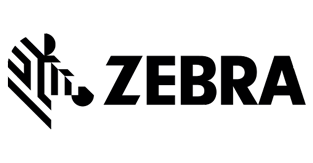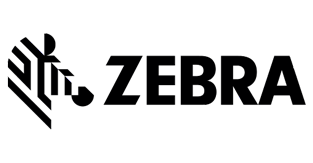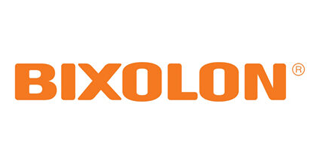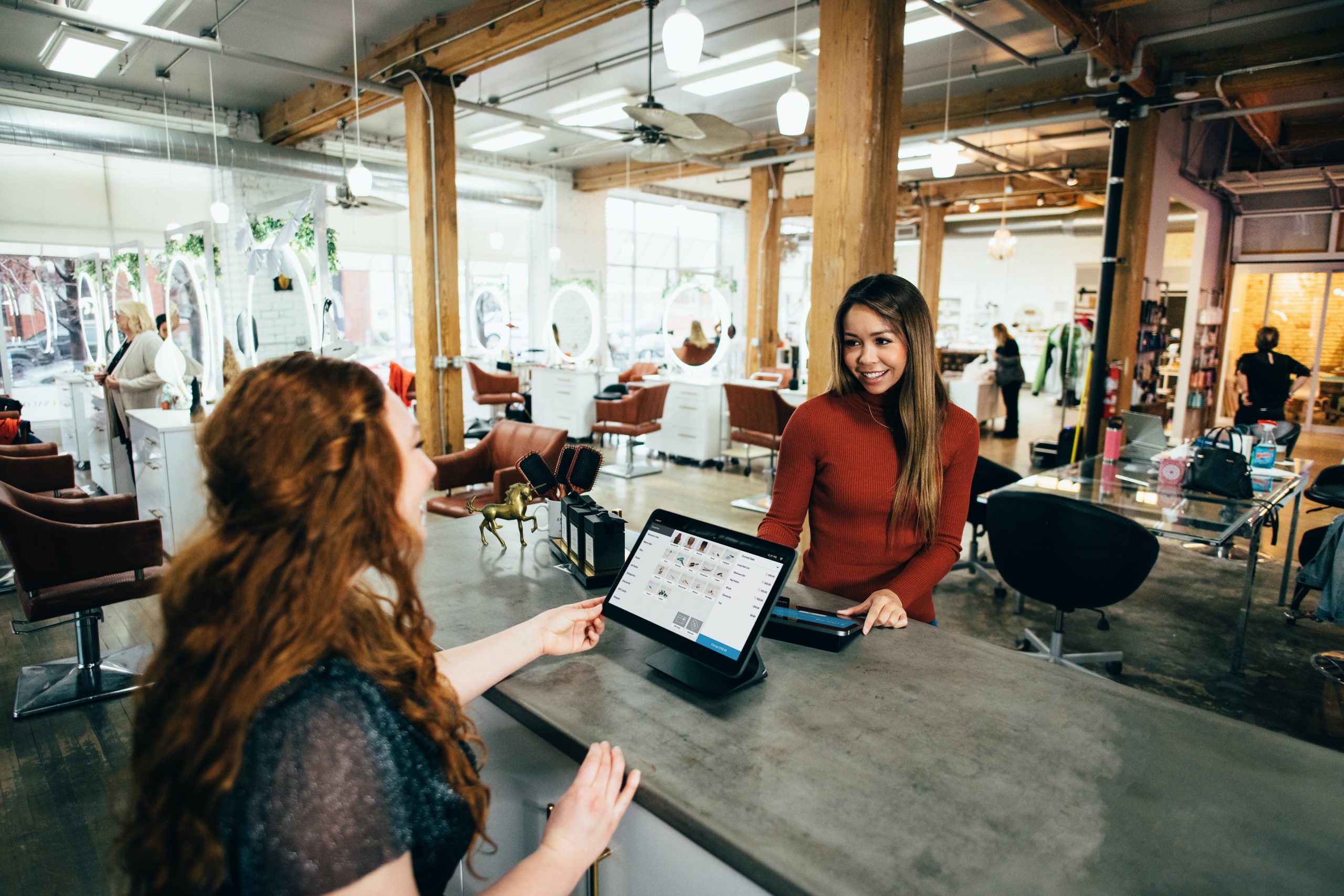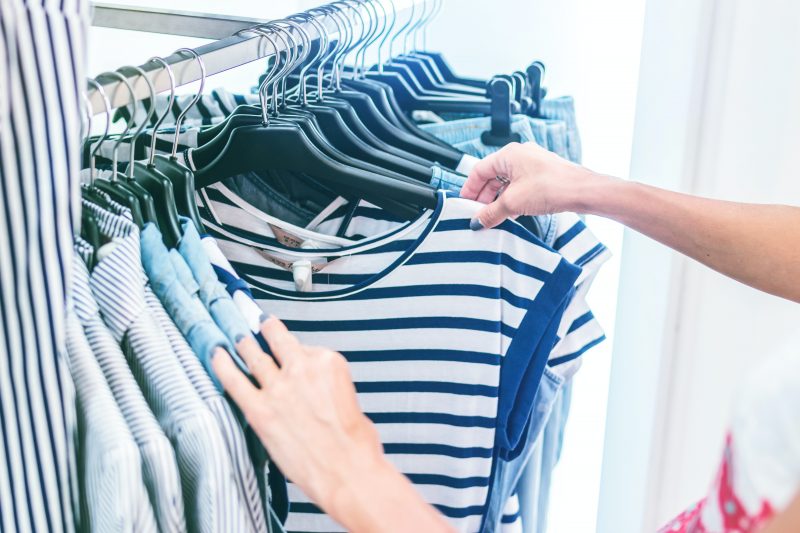
In 2019, Zebra’s Global Shopper Study confirmed that even consumers who occasionally shop online still preferred to browse and buy in store. Being able to touch, see or smell items elicits a strong emotional connection. And talking to someone face to face is much easier sometimes than picking up the phone and calling customer service. So, Zebra entered 2020 talking about how to take the in-store experience to a whole new level – even for digital native brands that were starting to pop up in the physical realm to make personal connections that were unattainable online.
As Zebra sat down with retailers to develop a plan of action, the conversation always centered on two things:
- What do customers want to be able to see and do in store? What entails a “frictionless” experience?
- How can technology be used better, or in new ways, to deliver those desired experiences?
Of course, there are no cut and dry answers to these questions, as every retailer must figure out how to authentically infuse its brand into the experience without going over budget or burning out its team. Boutiques aren’t going to offer the same experience as big box retailers, for example. Nor should they. And the feelings shoppers experience at a fashion or furniture retailer will always be very different than those elicited at a food market. That doesn’t mean any less effort must be put into providing the “perfect” experience. It just means retailers may not use the exact same strategies, tactics, and technologies as one another to simplify their operations or achieve the desired service speed and personalization of their customer base.
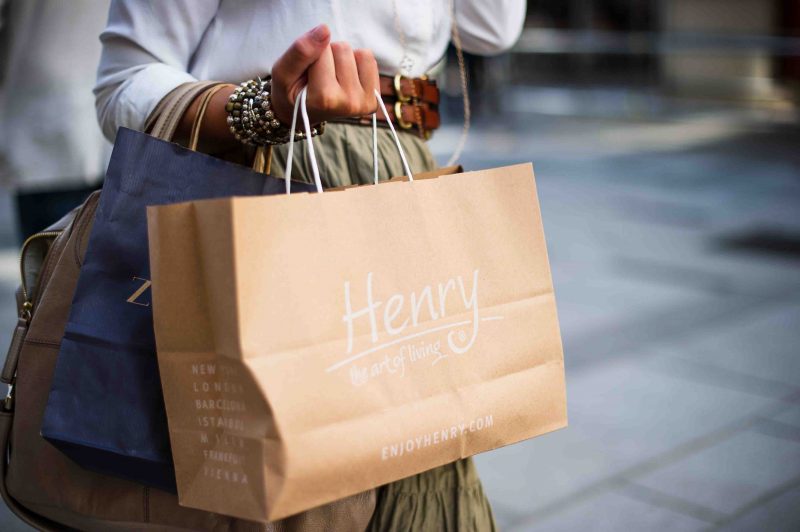
So, to better understand each retailer’s current shopper and associate experience and make tailored recommendations on how they can evolve, teams from across Zebra Nation would often head to stores around the world to take hands-on tours. Once we spent a “day in the life” of shoppers or associates, it was easier to see what was working well – those things that contributed to their happiness and loyalty – and what was contributing to bottlenecks, abandoned baskets and more. We knew how to help customers.
Then the pandemic started, and virtual became the reality. The definition of “experience” also changed for everyone. For months, it seemed like the best way for retailers to connect with consumers on an emotional level was to keep:
- Shelves stocked with the right inventory assortment.
- Shopping trips – and pickup/delivery experiences – short and sweet.
- In touch with how things were going – what policies were in place, when items were running low or fully available, what new services were available to make their lives easier.
Yet none of this was easy. Even the most agile retailers found it hard to keep up with the months-long wave of disruptions. We know. Zebra were (virtually) working with many shoppers day in and day out, trying to figure out how to make small changes across both physical and digital stores that would make a big difference in the overall retail experience.
What Zebra learned was that success wasn’t contingent on face-to-face interactions. But they did need to be able to see and experience what shoppers and associates experience as they move about stores.
That’s why Zebra built this new virtual retail store
Zebra wanted shoppers to be able to experience the customer journey and retail operations in shopper’s own stores in a virtual setting without having to go a great distance or indeed anywhere further than your desk. Zebra also wanted to give you a way to “try before you buy” Zebra’s retail technology solutions in the context of a store.
Article Credit – https://www.zebra.com/ap/en/blog/posts/2021/shop-your-own-retail-store-in-new-virtual-experience.html


